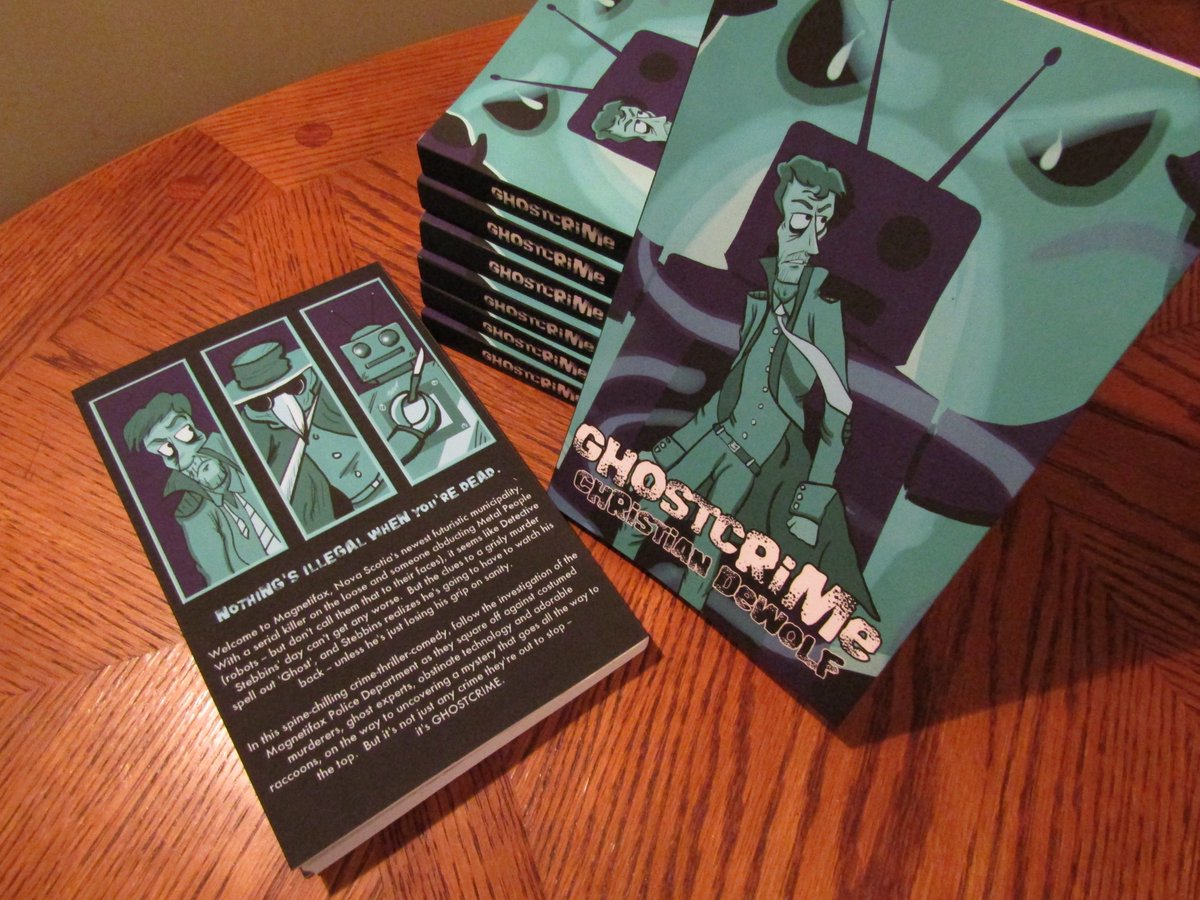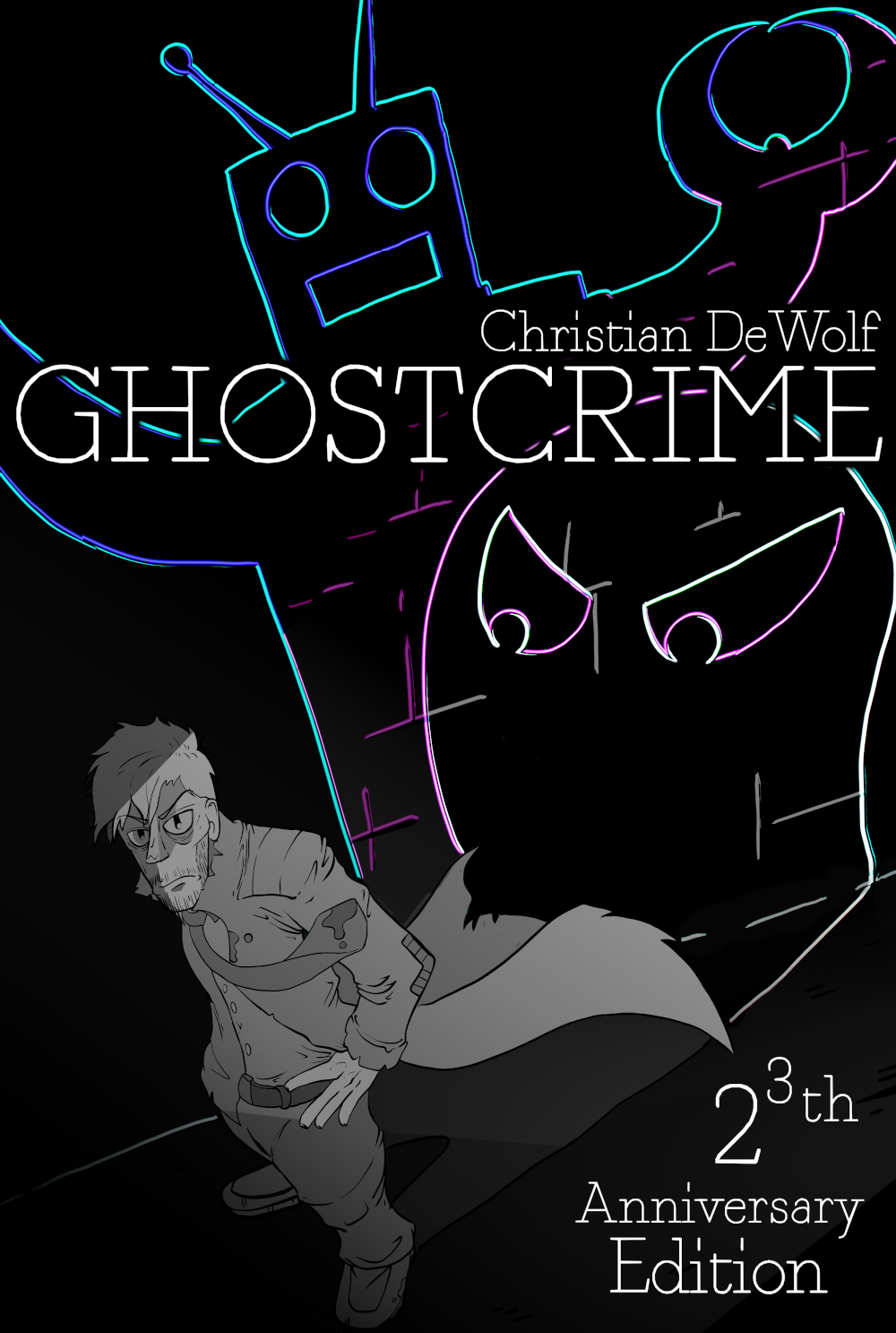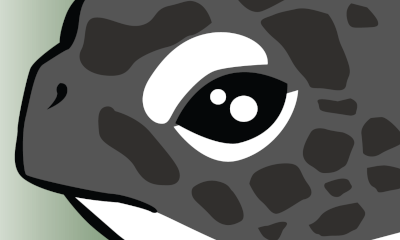May 29, 2024
Things I should have done differently in GHOSTCRIME
Back in 2015, I produced a novel that grapples with the age-old topic: what if a ghost and a robot teamed up – in the future – to commit the perfect crime?

Looking back on this magnum opus, however, I can clearly see some problems that likely kept it off the NYT Bestsellers list. Here are some things I could have done differently if I'd been more laser-focused on mainstream success:
1. Been clearer on the setting
GHOSTCRIME takes place in Magnetifax, which is a city magnetically suspended in the air above Halifax, Nova Scotia. I didn't make this clear enough early on in the book, going instead for a slow comedic reveal, but it may have led to some confusion among readers. In the sequel, I will be sure to describe Magnetifax earlier, and possibly even include a few Halifax scenes to make it more relatable to the average Haligonian. The sequel will be called, “GHOSTCRIME 2: The Ghostcrimening.”
2. Predicted the coronavirus pandemic
If there's one thing sci-fi needs to do correctly in order to be considered “good,” it's, “predict the major events of the future.” GHOSTCRIME dropped the ball on this one, with zero references to SARS viruses or pandemics. If I'd only foreseen that terrible plague... it would have garnered much publicity for the book.
3. Made it less funny
It's been a few years since I wrote this hilarious book, but these days we know that robots are not something to be trifled with. Armed with a deep neural network and a firearm, they could be seriously dangerous. Being so lighthearted about the subject matter was irresponsible of me, and the same applies about ghosts. I could have made the book much more existentially terrifying but instead chose the route of the chucklehead.
4. Not had the weasel die
Readers hate when cute animals die in their stories, especially dogs, but early on in GHOSTCRIME, a weasel tragically kicks the bucket. While I attempt to extract as much humour as possible from this death throughout the book, it may remind readers of a time their own rodent was murdered, or perhaps simply make them question the morality of the author. In retrospect, I should have sacrificed some comedy and re-written the offending plot to involve a less loveable or smaller animal.
5. Waited until AI was real
If I'd just waited a few years, I could have gleaned much more insight into how computer vision and LLMs interact to create the illusion of a sentient machine. And I could have gotten a computer to write the whole thing! To think I deliberated over every word, driven by sheer human egotism, wasting YEARS of my finite life, when laziness and a few API calls could have produced the same result.

It wasn't possible to solve all of these issues when revising the manuscript for the 8th Anniversary Edition, but I did fix some typographical errors. Which also, in retrospect, could have been a big factor in keeping me off the NYT Bestsellers List.




